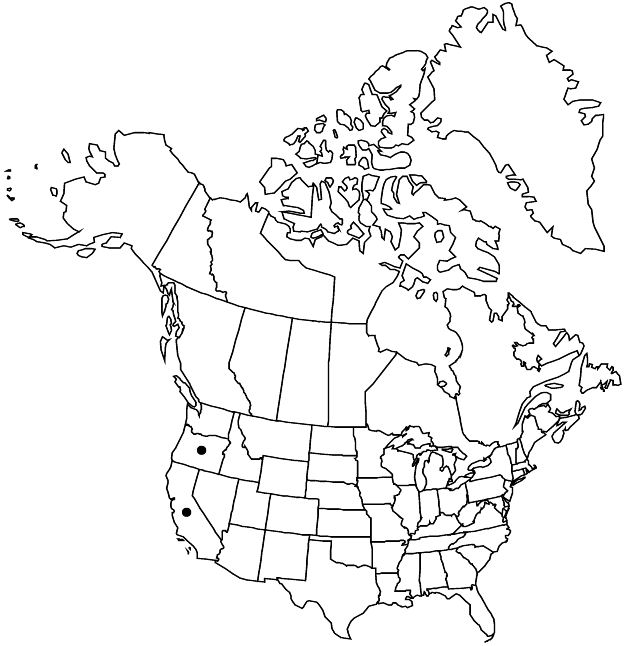Viola ocellata
Fl. N. Amer. 1: 142. 1838.
Plants perennial, caulescent, not stoloniferous, 2–37 cm. Stems 1–3, ascending to erect, ± glabrous or usually puberulent, on caudex from shallow, fleshy rhizome or deep-seated caudex with fleshy roots. Leaves basal and cauline; basal: 1–6; stipules deltate, margins laciniate, apex usually long-acuminate; petiole 3.7–10 cm, puberulent; blade ovate, deltate, or subreniform, 1–6 × 1.2–4 cm, base usually cordate to subcordate, margins crenate, usually ciliate, apex acute, mucronulate, surfaces usually sparsely puberulent, glabrous early; cauline similar to basal except: stipules lanceolate, margins ±fimbriate, sometimes stipitate-glandular, sometimes entire, erose, or ± laciniate; petiole 0.4–9 cm; blade ovate to deltate, 1.6–4.4 × 1.1–3.6 cm, base subcordate to truncate, margins crenate to ± serrate, ciliate, apex acute to obtuse. Peduncles 1–10 cm, puberulent. Flowers: sepals lanceolate, margins ciliate, auricles 0.5–1.5 mm; petals white adaxially, upper 2 and sometimes lower 3 deep reddish violet abaxially, all with yellow area basally, lateral 2 with purple patch basally distal to smaller yellow area, bearded, lowest with yellow patch basally, purple-veined, 5–15 mm, spur yellow or greenish, gibbous, 1–2.5 mm; style head bearded; cleistogamous flowers axillary. Capsules spherical to spherical-ovoid, 5–11 mm, minutely scabrous. Seeds brown-purple, ca. 2 mm. 2n = 12.
Phenology: Flowering Mar–Jul.
Habitat: Rocky areas, grassy banks, thickets, often on serpentine soil
Elevation: 100–1100 m
Discussion
Selected References
None.
